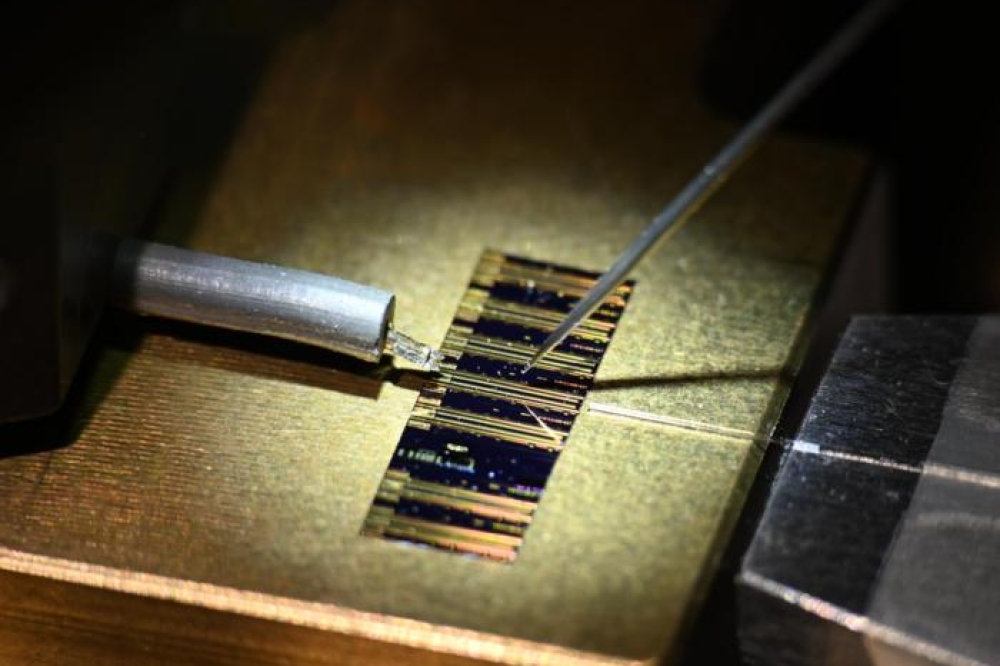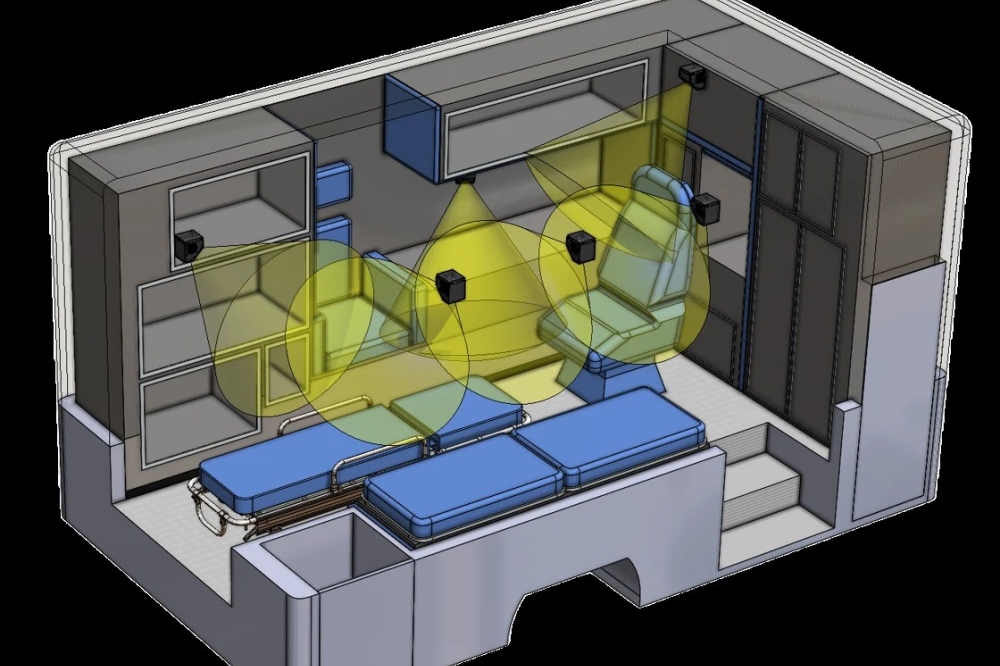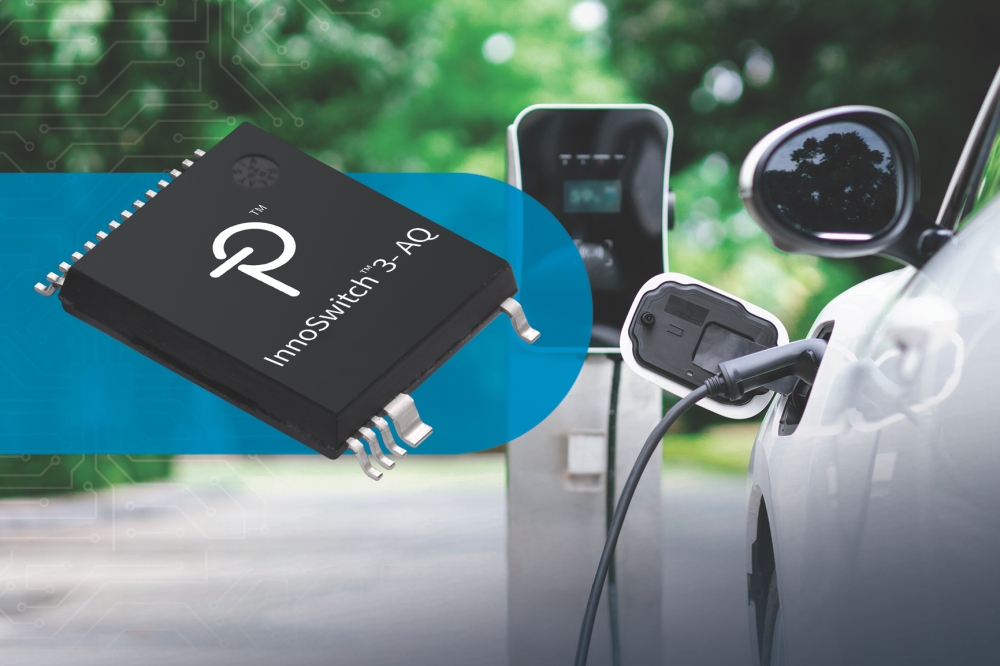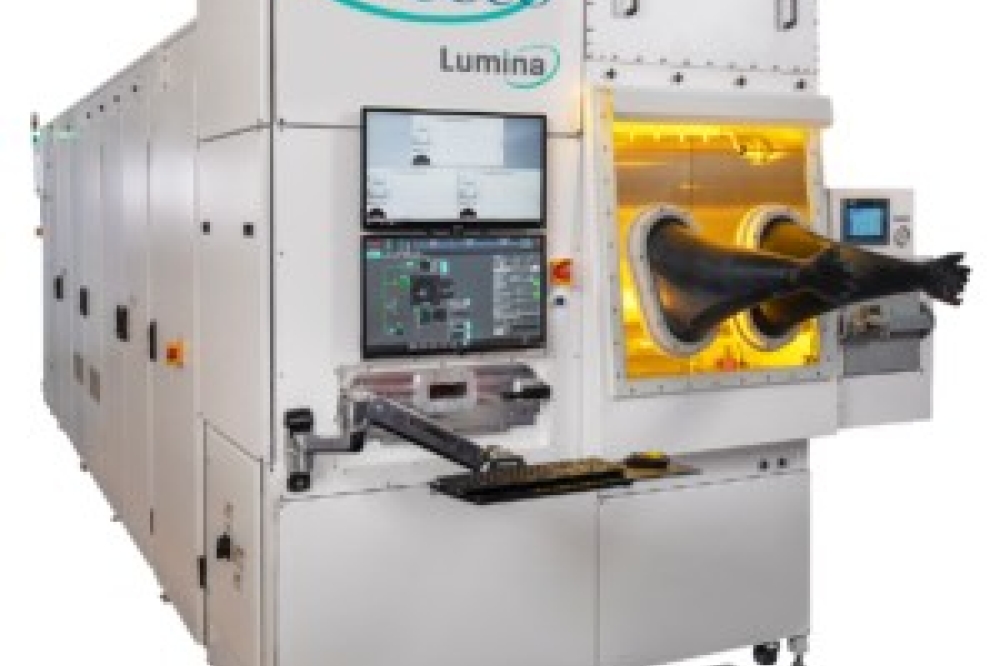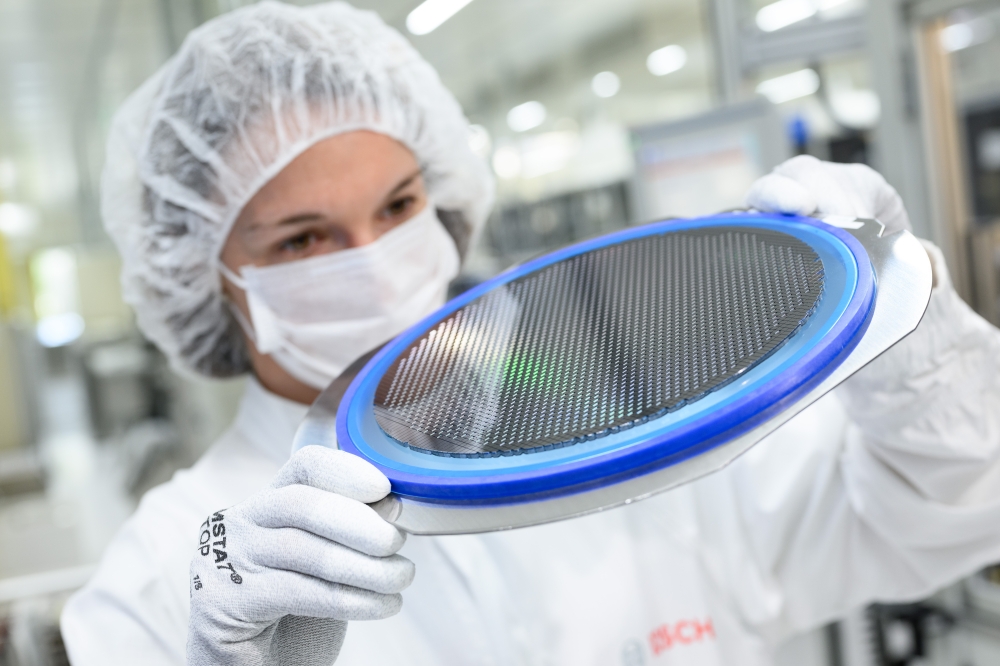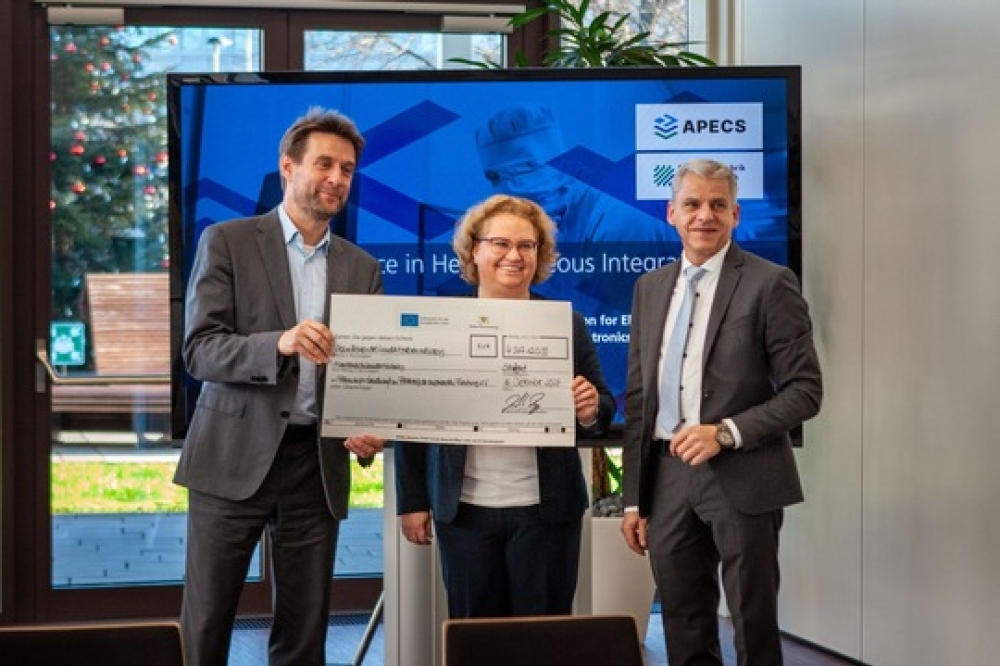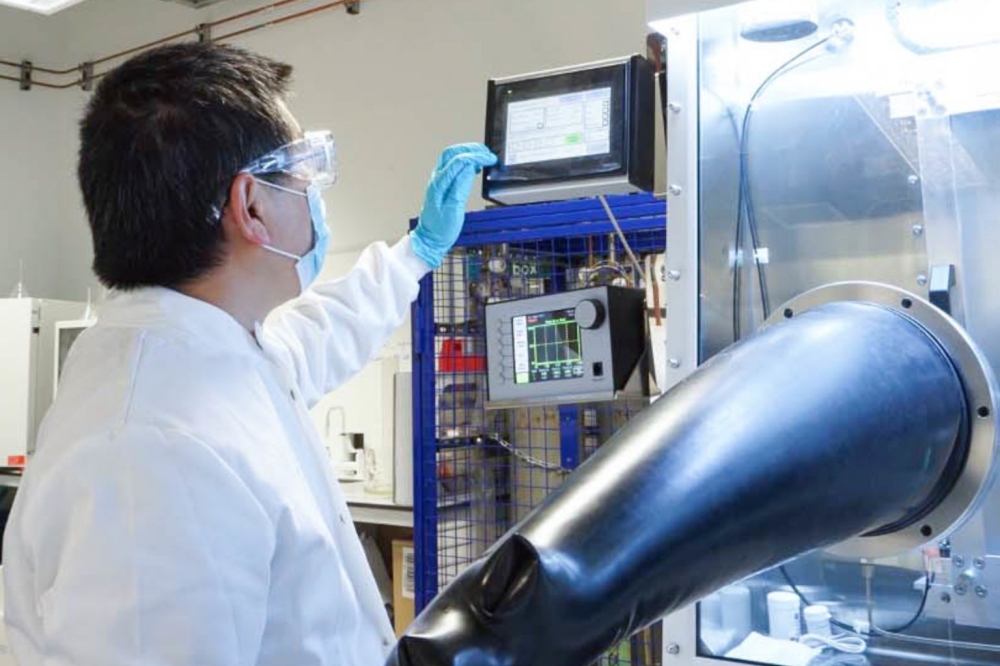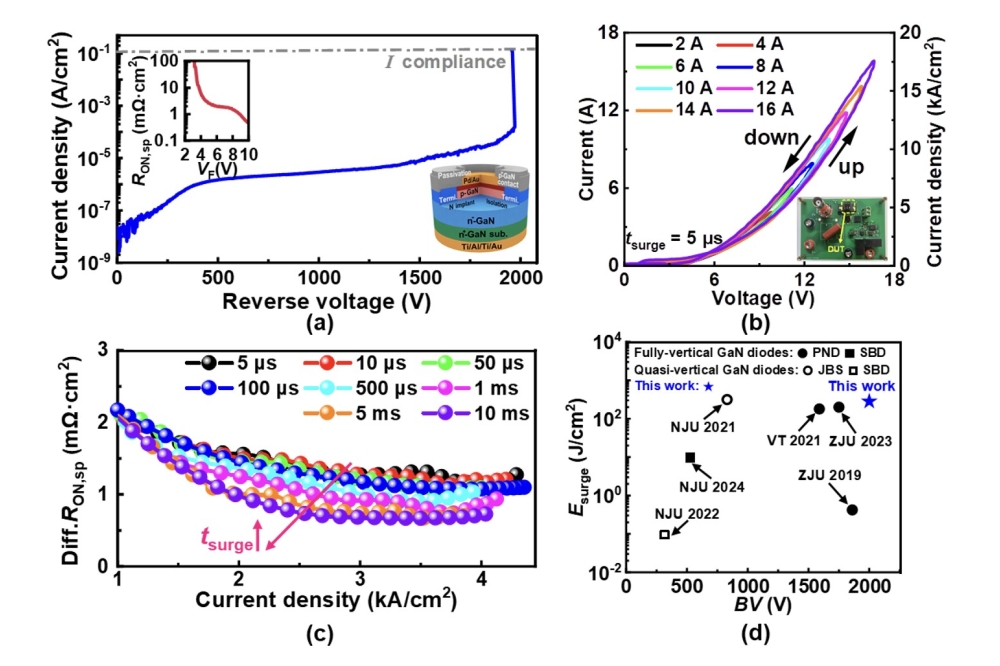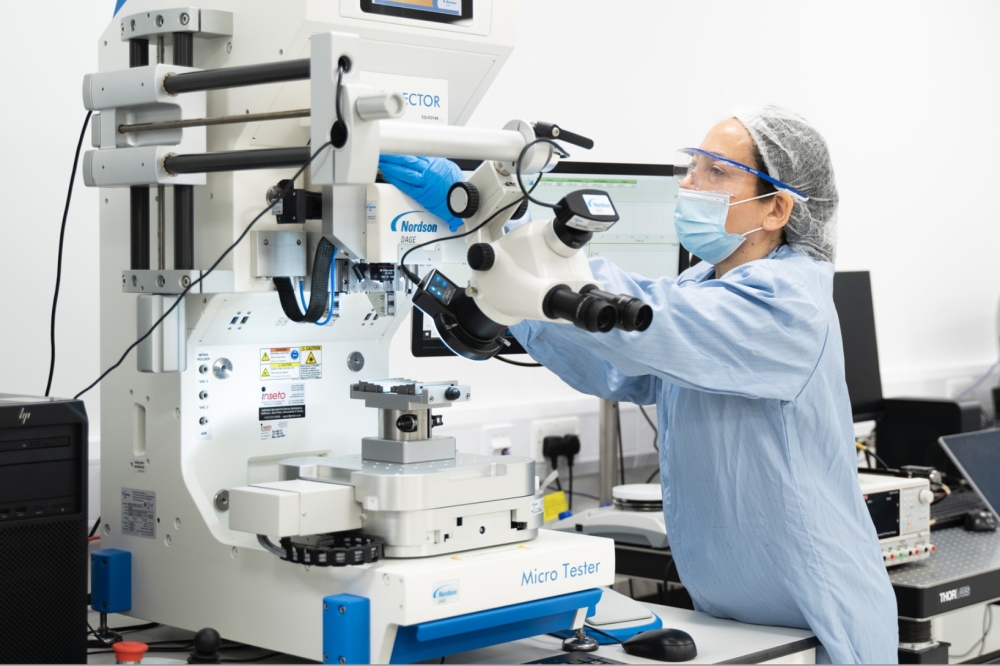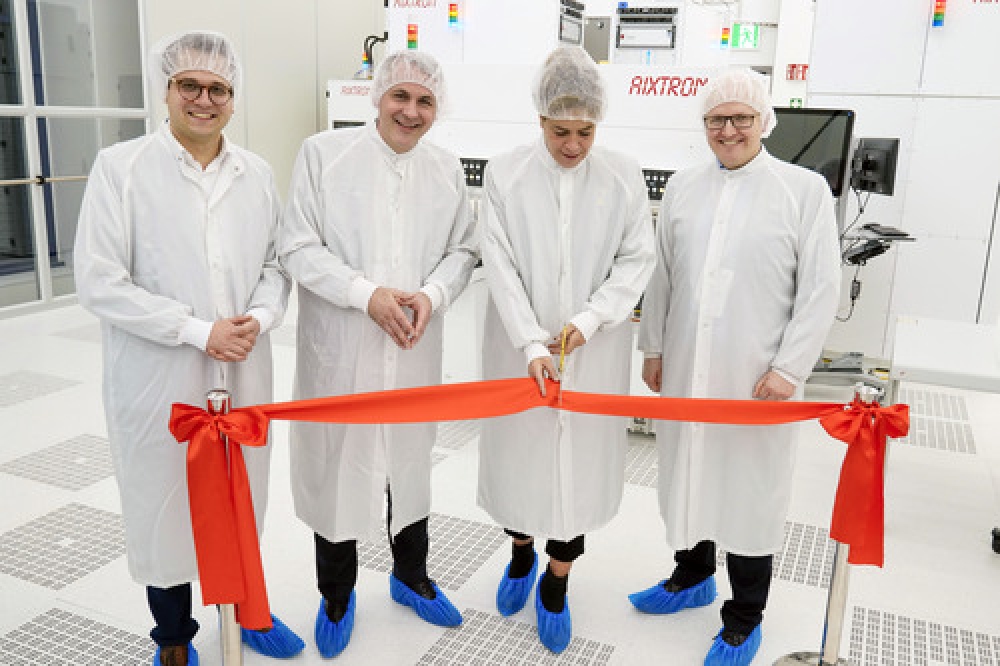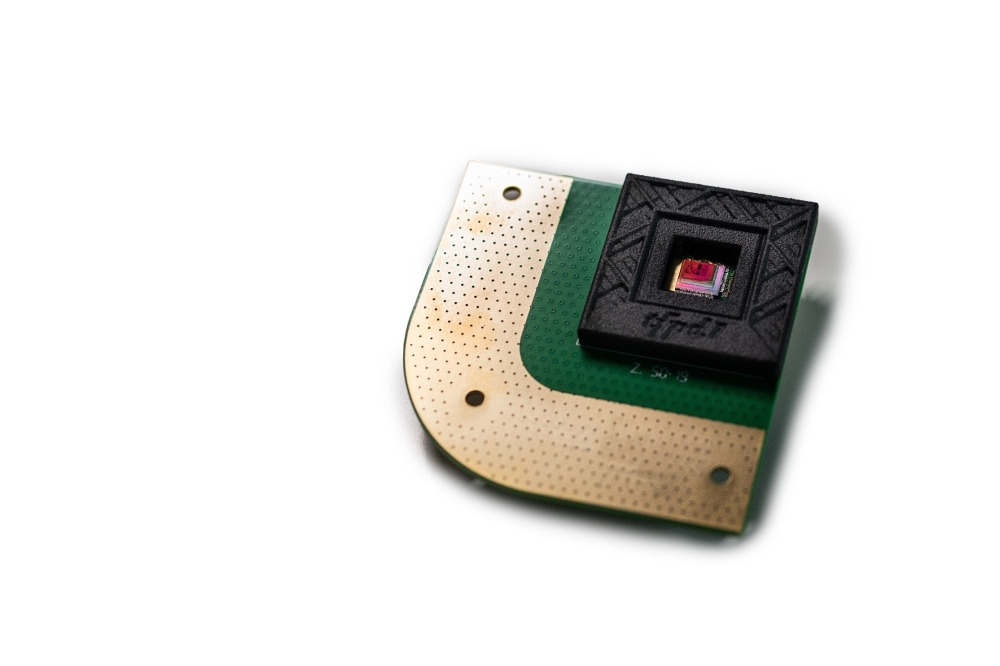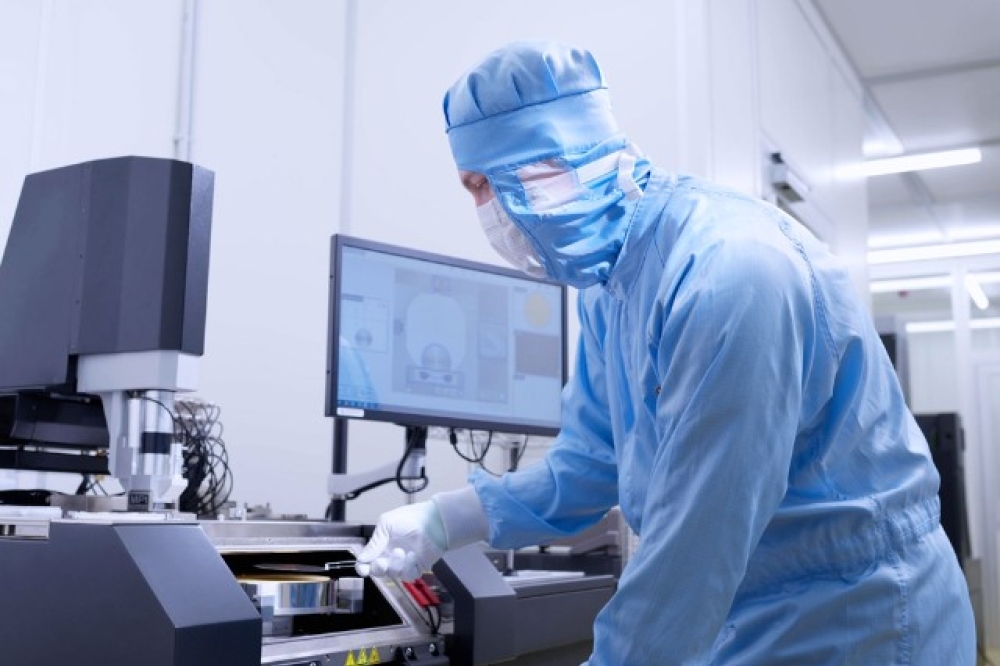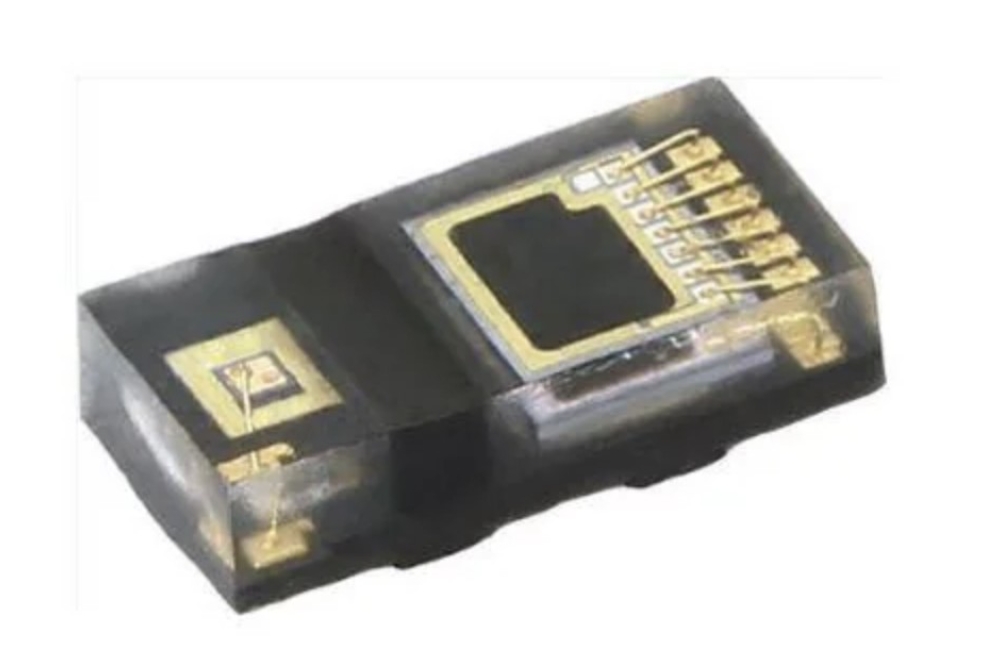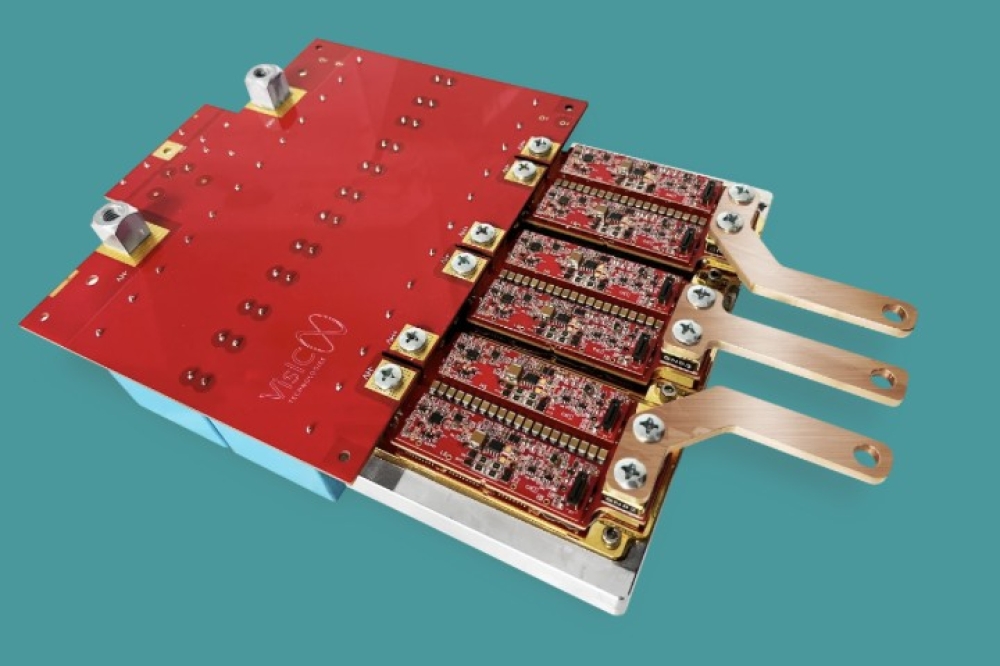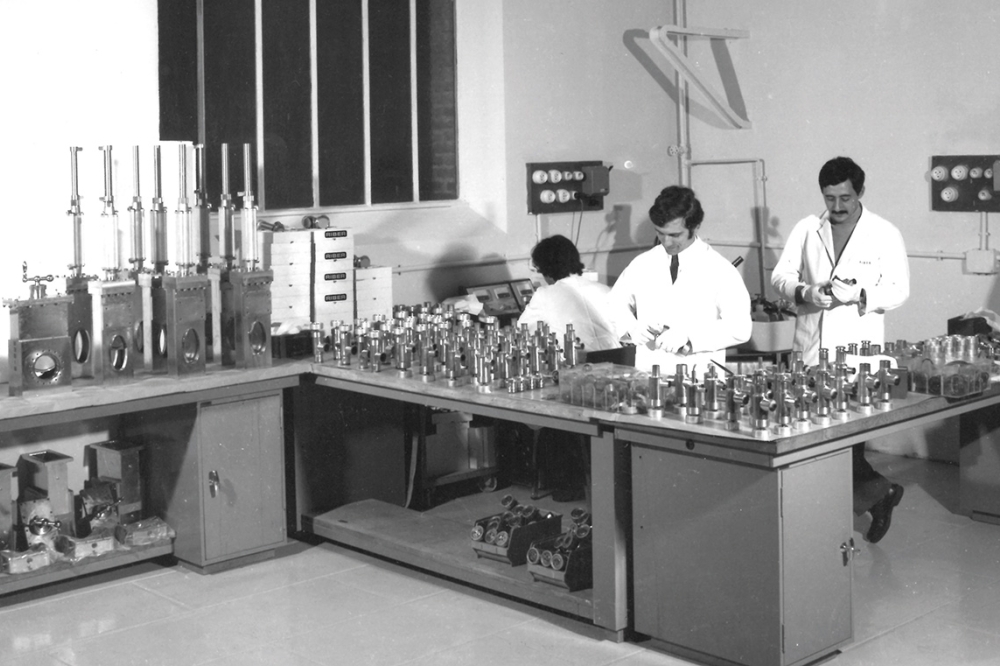Indium Phosphide substrate test reveals purity of graphene
Rice, Osaka scientists use terahertz waves to spot contaminants
The environment around graphene, including defects in the substrate on which it is placed as well as gas molecules that surround it, can substantially influence its electronic performance. Because it is easy to accidently introduce such impurities, it would be useful to detect and identify out-of-place molecules.
Researchers at Rice and Osaka universities have now found a simple way to do this using terahertz spectroscopy and InP as a substrate for the graphene. Their research was published this week by Nature's open-access online journal Scientific Reports.
![]()
Their contactless technique involves hitting the combined material with femtosecond pulses from a near-infrared laser. The pulses excite the indium phosphide so that it emits terahertz radiation back through the graphene. Imperfections as small as a stray oxygen molecule on the graphene can then be picked up by a spectrometer.
"The change in the terahertz signal due to adsorption of molecules is remarkable," said Junichiro Kono, one of the researchers from Rice. "Not just the intensity but also the waveform of emitted terahertz radiation totally and dynamically changes in response to molecular adsorption and desorption. The next step is to explore the ultimate sensitivity of this unique technique for gas sensing."
The technique can measure both the locations of contaminating molecules and changes over time. "The laser gradually removes oxygen molecules from the graphene, changing its density, and we can see that," Kono said.
![]()
Pictured above a), Band diagram for pristine graphene on InP. The photo excited current flows towards the substrate. (b), Band diagram for graphene on InP with adsorbed oxygen molecules between them. The charge transfer between graphene and oxygen creates dipoles, which modify the band bending. The photoexcited current now flows towards the surface.
The experiment involved growing pristine graphene via chemical vapour deposition and transferring it to an indium phosphide substrate. Laser pulses generated coherent bursts of terahertz radiation through a built-in surface electric field of the indium phosphide substrate that changed due to charge transfer between the graphene and the contaminating molecules. The terahertz wave, when visualised, reflected the change.
The researchers expect the finding to be important to manufacturers considering the use of graphene in electronic devices. "For any future device designs using graphene, we have to take into account the influence of the surroundings," said Kono. Graphene in a vacuum or sandwiched between noncontaminating layers would probably be stable, but exposure to air would contaminate it, he said.
The Rice and Osaka labs are continuing to collaborate on a project to measure the terahertz conductivity of graphene on various substrates, he said.
The National Science Foundation (NSF); the Japan Society for the Promotion of Science; the Ministry of Education, Culture, Sports, Science and Technology-Japan and the Murata Science Foundation supported the research. NanoJapan is funded by the NSF's Partnerships for International Research and Education program.
The paper 'Imaging molecular adsorption and desorption dynamics on graphene using terahertz emission spectroscopy' by Y. Sono et al. appears in Nature Scientific Reports 4, Article number: 6046

